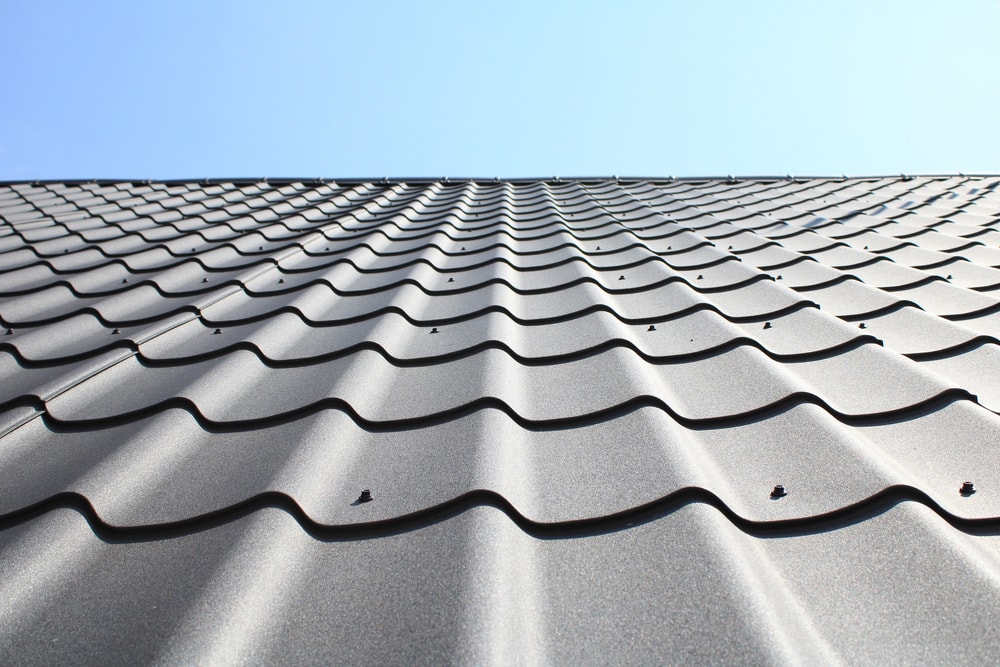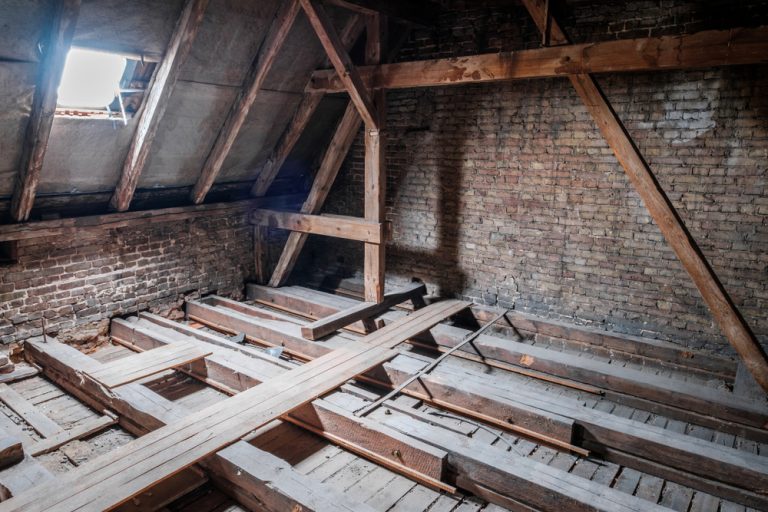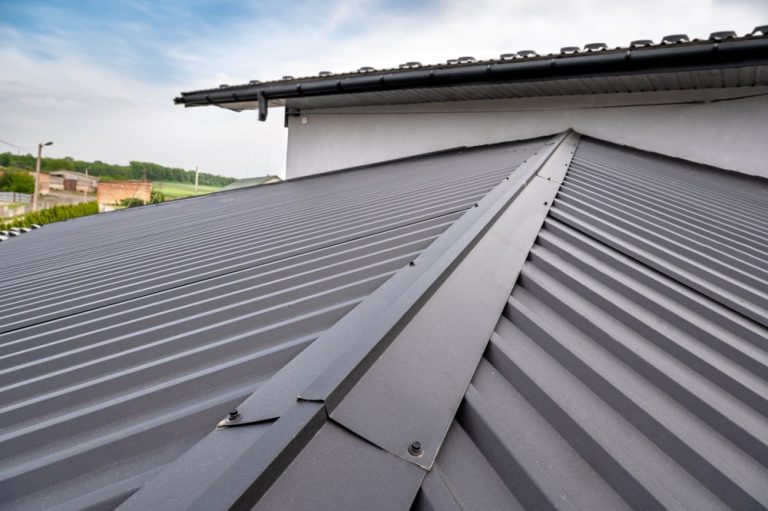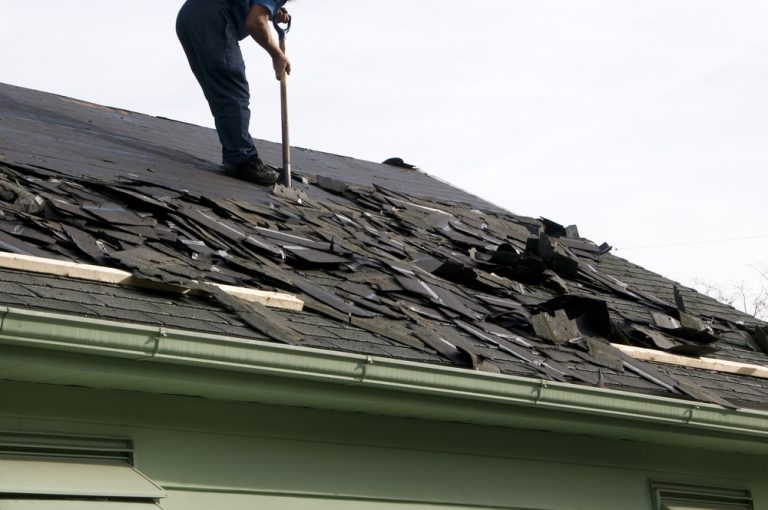Putting a metal roof over asphalt shingles may sound simple, but the process is often more involved than you may think. In this setup, the metal panels are placed on top of the existing roof rather than removing the old shingles first. This might involve using furring strips or adding an underlayment to help with spacing and ventilation.
Some homeowners choose this method because it avoids the time and expense of tearing off the existing shingles. It is often seen as an easy way to get the benefits of metal roofing without doing a full renovation. It might seem like a shortcut, but the decision involves trade-offs that are not always clear at first. At Pinnacle Home Improvements, we can guide you through the process of making an informed decision and getting the project completed smoothly and efficiently.
Why Do Homeowners Put Metal Roofing Over Shingles?
Homeowners often choose this approach to reduce costs and expedite the job. When you don’t need to remove the old shingles, the installation avoids a lot of labor and cleanup. That can save money, especially when the roof is large or steep. It also means that less waste goes to the landfill, which some people consider environmentally responsible.
Another reason is the belief that a metal roof can simply be placed over the existing roof without any issues. Many people trust that the metal panels are light enough and strong enough to go directly on top of shingles. However, this can be risky, especially if not done properly.
Risks Associated With Installing Metal Roofs Over Shingles
While this method can be tempting, it carries risks. One concern is the uneven surface that shingles create under the metal roof panels. This might cause the panels to shift or not seal properly, which can lead to leaks or gaps as the structure settles.
Another issue is how this affects warranties. Roofing manufacturers often require their products to be installed on a fresh surface, and putting metal panels over shingles may cancel these protections. That means if something goes wrong, repairs might not be covered.
The materials used in this setup can also affect safety ratings, especially fire protection. When different layers are combined, the final result may not perform well under stress or heat. These risks need to be understood clearly before committing to this path.
Weight Concerns and Structural Integrity
Many people naturally assume metal roofs are light, which they are in comparison to some other roofing materials. However, placing metal roofing over another complete layer like asphalt shingles increases the weight your home has to carry. This can be an issue in areas with heavy snowfall or buildings that are older and have weaker structural support.
Roofs are designed to hold a specific amount of weight. Adding another layer puts more stress on the structure. Over time, this can cause sagging or even compromise the rafters and decking below. When this happens, repairs become necessary, and they can be expensive.
Before installing a metal roof over shingles, a qualified contractor should inspect the home and evaluate whether the structure can hold the extra weight. Without this kind of review, the risk becomes too great.
Trapped Moisture Issues
Moisture is a major concern when using this installation method. If air cannot move properly between the layers, water can get trapped beneath the metal and soak into the shingles. That creates a hidden space where mold, mildew, and rot can grow without detection.
This can weaken the roof from underneath. It might also push moisture into the attic, reducing the performance of insulation or damaging ceilings and walls. In colder places, trapped moisture can freeze and thaw, creating pressure that causes further damage. To avoid this, homes need solid ventilation plans. Without one, installing metal over shingles becomes more of a gamble than a practical solution.
Impact on Insulation and Energy Efficiency
One common reason people choose metal roofs is their potential to save energy. Metal reflects sunlight and helps reduce heat entering the home. However, when placed over shingles, these benefits may be reduced.
Shingles tend to trap heat. This causes the metal to absorb more warmth than it normally would. The extra heat transfer can make the attic hotter and increase cooling costs. The performance of the reflective coatings on metal may also suffer when the surface below radiates heat upward.
Instead of improving the home’s energy efficiency, the roof might end up working against it. That means air conditioners run longer, temperatures inside fluctuate more, and utility bills increase.
Durability and Longevity
Metal roofing materials are known for their strength and long life. However, that can vary depending on several factors. When installed properly, they can last several decades with little need for repair. They handle wind, rain, fire, and pests better than many other roofing materials and require minimal upkeep.
However, durability often depends on the conditions in which the roof is installed. Placing metal panels over uneven, aging shingles may reduce performance. The panels can become misaligned or damaged over time. Rust and corrosion might form more quickly if water collects in hidden spaces. Proper installation makes all the difference. Removing the old shingles first helps protect the metal roof and allows it to offer the full range of benefits that come with this type of material.
Energy Efficiency Features
When installed correctly, metal roofs can lower heating and cooling costs. They reflect sunlight and reduce the heat absorbed into the building, especially when coated with certified materials. In areas with strong sun exposure, this can make a big difference throughout the year.
Some homeowners also pair metal roofs with solar panels or use them to collect rainwater. The material supports these systems well and makes the most of sustainable energy options. All of this depends on having a solid and clear base, not one covered in shingles.
Efficiency only works when everything is properly aligned and the roof system is designed to work as a whole. Combining layers without care can create weaknesses and reduce the benefits of metal roofing.
Aesthetic Appeal and Variety of Styles
Metal roofs come in many shapes and designs. Some look sleek and modern, while others mimic older styles. You can choose from different colors and patterns to match the look of your home. The appearance of metal roofing can change the character of the property, making it stand out in the neighborhood.
This flexibility attracts homeowners who want long-term durability and visual appeal. When installed directly over shingles, the roof may not look as clean or structured. The layers underneath can show through and create bumps or uneven surfaces that detract from the beauty. To get the best appearance, the base should be even and well-prepared. That often requires removing the old roofing instead of hiding it below new materials.
Metal Roof vs. Traditional Roofing Materials
Metal performs differently compared to more common materials like asphalt shingles or clay tiles. Generally, it lasts longer and can resist the weather better. It also requires less upkeep, and many people find the look of metal more attractive. These benefits make it a good investment.
However, the way it is installed affects performance. If placed over shingles, some of these benefits can disappear. The weight might cause problems, and moisture may collect in places that are hard to see. Compared to traditional materials, metal has more potential, but only when installed correctly.
Making the comparison clear helps homeowners make the right decision. A well-installed metal roof can bring more value than layers of overlapping materials.
Cost-Benefit Analysis of Using a Metal Roof Over Shingles
Saving money by leaving the old shingles in place might seem like a smart financial move. But when the roof starts to leak or the structure begins to sag, the costs rise quickly. Repairs can be expensive and time-consuming. Insurance claims may also be denied if the roofing method goes against building codes or manufacturer guidelines.
In the long term, the money saved during installation might be spent twice over in repairs and replacements. The price of fixing the moisture damage, reinforcing the structure, or replacing the panels can add up quickly. Homes may even lose value if inspectors see problems with the roofing system. The smart move is to view the roof as a long-term investment rather than a quick fix. Spending more now can save much more later.
Considerations Before Installation
Installing a metal roof over shingles might seem convenient, but it can lead to long-term problems. Common issues with a metal roof over shingles include trapped moisture, uneven surfaces, and reduced lifespan of the new roof. Even the safest way to install a metal roof over shingles still carries risks that a full replacement avoids.
Before deciding to install a metal roof over shingles, it is important to consider the pros and cons of a metal roof to understand if it meets your requirements. Also, check local regulations. Many areas limit the number of roofing layers allowed. Some do not permit this method at all. Structural checks should also be done to make sure the home can support the weight.
Manufacturer instructions need to be reviewed carefully. Skipping these details may cause warranty problems or create safety hazards. A trusted contractor can help review the home and offer guidance about what steps need to be taken. It is better to take time now than face major issues later.
The most effective metal roof installations begin by removing the old roofing. This gives a clean base for the new panels and improves the long-term results. Choosing the right underlayment, ensuring proper ventilation, and sealing edges help protect against leaks and heat damage.
Trained Georgia home improvement contractors with experience in metal roofing can guide you to your best roofing options. They can also guide you on metal roof over shingles problems with an asphalt shingle roof, and other options. Having the right skills for roof replacement makes a big difference, so choose your roofing contractor carefully. To learn how Pinnacle Home Improvements can help you with your roofing needs, please contact us.















